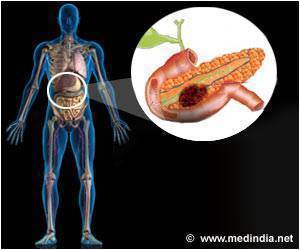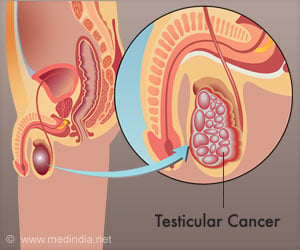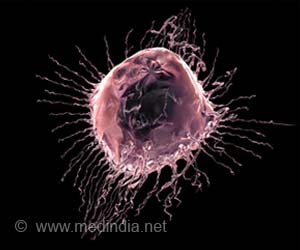A study of pancreatic cancer in laboratory mice has identified higher expression levels of four factors involved in the growth and maintenance of nerves.

She presented these findings at the American Association for Cancer Research's Pancreatic Cancer: Progress and Challenges conference, held here June 18-21.
Stopczynski and colleagues measured the levels of neurotrophic factors, which are proteins in charge of the growth and maintenance of nerve cells, in the pancreata of mice with a condition modeling pancreatic cancer and healthy controls aged between 16 and 30 weeks. They also measured the density and distribution of nerve fibers in the pancreas and observed levels of physical activity.
Expression levels of four neurotrophic factors were higher in the pancreata of mice with pancreatic cancer. Nerve bundles were also observed to be larger and the overall physical activity undertaken by the mice with pancreatic cancer was reduced.
This adds important information to our understanding of pancreatic cancer, especially since not all cancers invade peripheral nerves as pancreatic tumor cells do, and not all cancers cause the same level of visceral pain, according to Stopczynski.
"A tumor invading a nerve is going to damage that nerve, causing pain. The nerve can also shield the tumor cells from chemotherapeutic drugs, while at the same time serving as a pathway for tumor cells to spread to other organs. Therefore, these interactions could be responsible for different aspects of cancer progression as well as the development of pain," she said.
Advertisement














